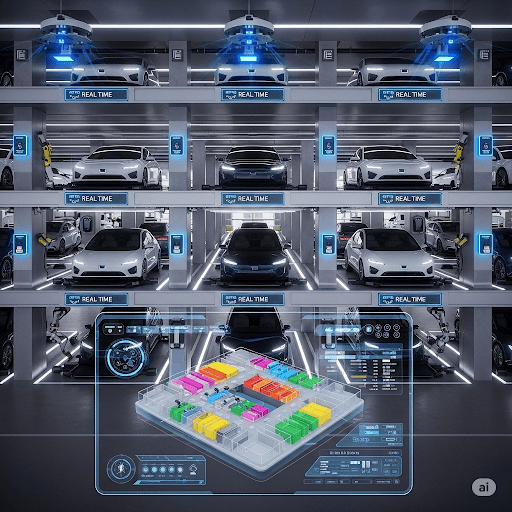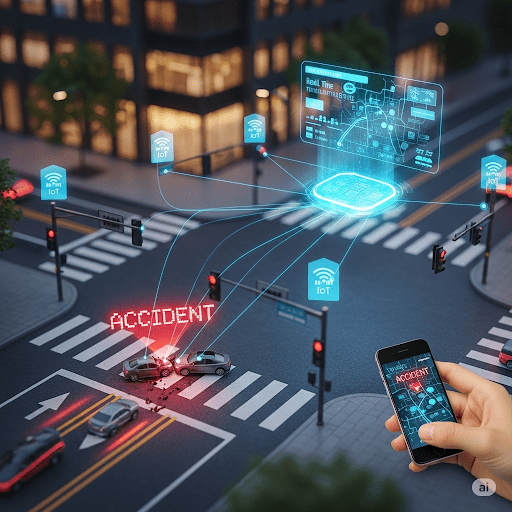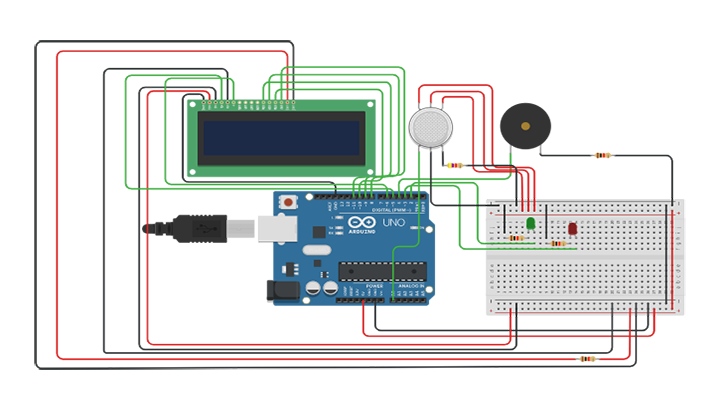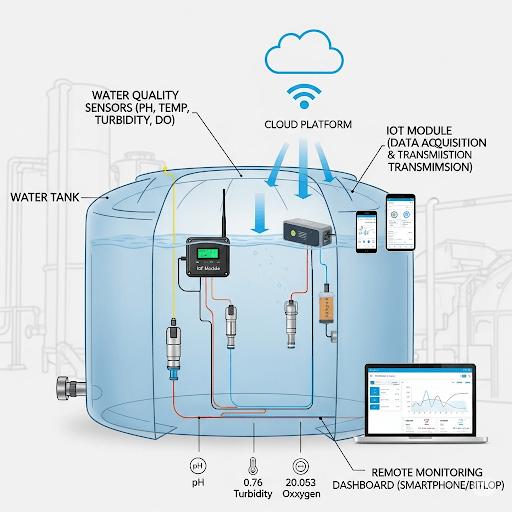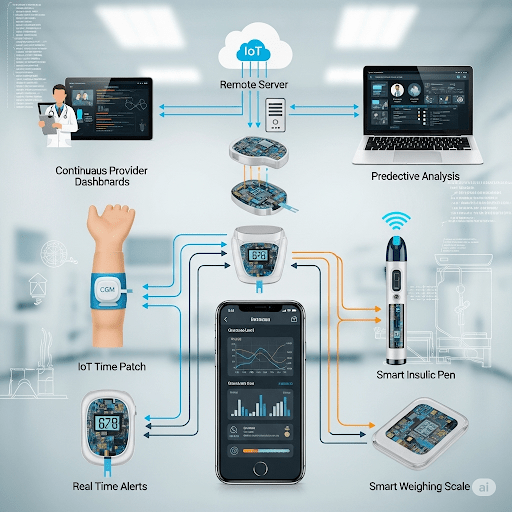Smart Noise Control System for Educational and Office Environments
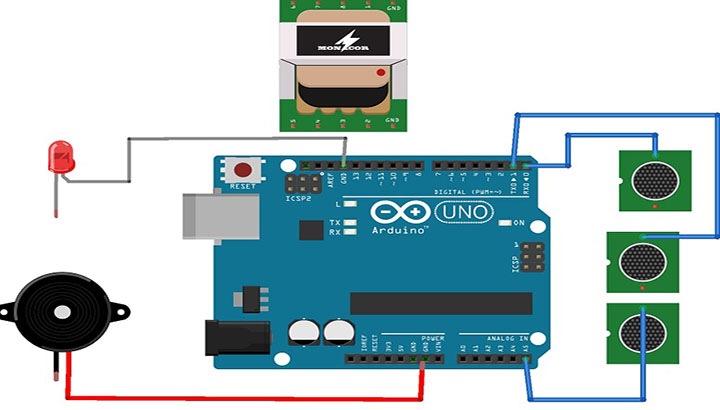
Noise pollution is a significant yet often overlooked environmental issue, impacting millions of people daily. Common health problems resulting from noise pollution include hearing loss, high blood pressure, heart diseases, sleep disturbances, stress, and headaches. The challenge in mitigating noise pollution lies in its detection and the subsequent silencing of the noise source, a task that is impractical to perform manually.
This project proposes an automatic noise pollution measurement and silencing system designed for use in environments such as schools, colleges, libraries, and offices. The system detects noise levels in real-time and automatically triggers alerts when the noise exceeds predefined thresholds, thereby facilitating noise control.
Key features of the system include:
- Automatic detection of noise levels.
- Real-time display of current noise levels.
- Automated alerts if noise levels exceed set thresholds.
- Customizable noise level settings based on specific requirements of the facility.
The system utilizes an array of microphones to accurately measure noise levels in three directions. An Arduino-based controller processes the noise data from these microphones continuously. Users can set the maximum allowed noise levels using the display and buttons on the device. When noise levels remain below the set threshold, the system status is indicated as green. If the noise exceeds the threshold, the system triggers a buzzer alert and displays a message, prompting individuals to reduce noise levels. The alert persists until the noise returns to acceptable levels, upon which the system reverts to green status.
While this project employs an Arduino controller, it can also be enhanced by using an ESP8266 module to send data online for remote monitoring and control. Alternatively, integrating a GSM module with the Arduino can enable SMS notifications for noise level alerts, further expanding the system's versatility and application in various settings.
This innovative solution provides an effective and automated approach to managing noise pollution, ensuring a quieter and healthier environment in various settings.
Related project idea for free
Smart car Parking System in Kigali - Rwanda
This dissertation examines an IoT-based smart car parking system used in Rwanda. Rwanda is a nation that has to be intelligent in a variety of areas, including agriculture, health, and transportation, particularly in terms of parking. People are affected by a variety of parking issues, including...
Read more>>Accident Detection Based On IoT
Road accidents frequently result in damage, injuries, or fatalities and happen unexpectedly and without warning. Through the elimination of the time lag between the accident's incidence and the initial medical emergency, this research aims to lower the fatality rates following an accident. A mach...
Read more>>IoT based toxic gas detection and level of landfill - Case study: NDUBA LANDFILL
As the world's population expands, so does the amount of waste. Most landfills release harmful pollutants into the air and into the homes of those who live nearby. Effective landfill management is necessary to protect both the environment and human health and wellbeing. The findings of the litera...
Read more>>IoT based remote monitoring of water quality in tanks - Case of WASAC
Water is regarded as a basic requirement for humans in their daily lives. It is required in a variety of settings, including the home, the workplace, the manufacturing sector, the hospital, and others. The quality of the water needs to be closely monitored on a regular basis and effectively if on...
Read more>>Design and implementation of an IoT-Based diabetes remote monitoring system
Real-time diabetes remote monitoring uses Internet of Things (IoT) technology to measure blood glucose levels, heart rate, blood pressure, and body temperature. Typically, a self-management system for diabetes is designed to detect the presence of particular molecules, particularly hyperglycemia,...
Read more>>
